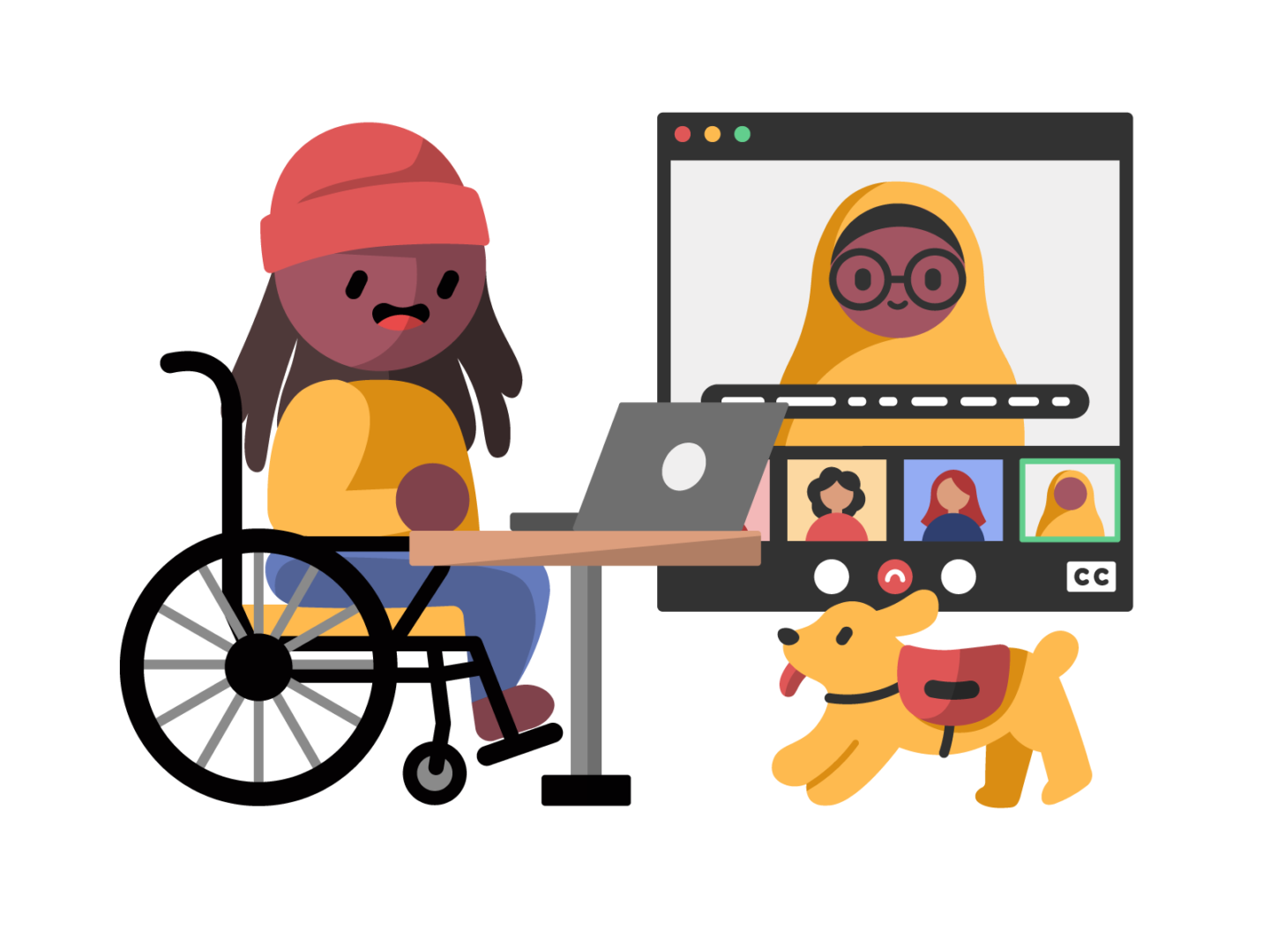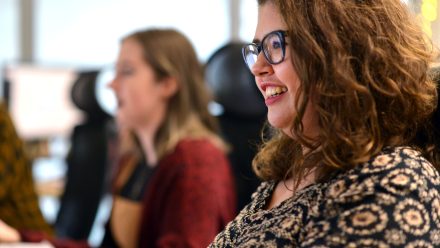Ensuring Equity, Quality and Inclusivity in the Disabled Students’ Allowance
21st April 2021 by Adam Hyland, Piers Wilkinson and Ellie Thompson
For so many students, Disabled Students’ Allowance (DSA) makes a system and environment that would be completely inaccessible, functional. Through provision of ergonomic equipment, assistive technology (AT) and training, mentoring, study skills support, taxi allowances, – the list goes on- DSA removes access barriers for disabled students, and makes higher education a viable option.
Supporting countless students in countless different ways, it’s vital that the DSA application and provision process is both accessible and robust. As you may or may not know, the Student Loans Company (SLC)- who oversee the DSA- have spent the last few years working out how to improve and streamline the DSA process.
Such improvements are exciting for us. As a disabled people’s organisation, who have been supporting students through DSA for over a decade, we want the DSA to be as high-quality, inclusive and student-centred as possible. Fun fact: many of our team members have accessed DSA support themselves, so this is a matter close to our hearts! While there are multiple competing priorities at stake here, we know we are all in agreement that the primary driver for change should be a quality outcome for disabled students.
The most recently announced changes have raised some concerns for us, and we want to make sure that the DSA continues to provide high-quality, student-centred support.
That’s why we have written to the powers that be at SLC. From the perspective of two generations of NUS (National Union of Students) Disabled Student Officers, Adam Hyland and Piers Wilkinson, share their constructive concerns and offer a solution-focused approach that keeps disabled students at the heart of any changes.

Image credit: Dana Chan for Disabled and Here
Including disabled people in the decision process
The DSA Procurement Working Group was recently established to explore the best way forward in providing DSA support for students. We advise that a stakeholder from a disabled people’s organisation (DPO), whose primary practice is to provide quality-driven assistive technology training, should be included as an essential member of this working group.
Assuring quality
The DSA quality assurance process used to be managed by DSA-QAG (Quality Assurance Group). However, this group was closed in December 2019. October 2020 was provisionally set as the date for a new and improved, fit-for-purpose, quality assurance process. That date has now passed and we are keen to see how quality measures are being developed.
Both the Arriving at Thriving report and the recently published Gravity Assist report, demonstrate that quality of provision needs to be the foundation of any changes going forward.
Prioritising student support
One of the more recent updates from SLC introduces a new E-quote system for the provision of assistive technology:
“The assistive technology supplier will continue to be selected in the same way as they currently are: SLC will select the most cost-effective solution by choosing the supplier with the lowest quote that meets all of the students’ needs as set out in the needs assessment report.”
We are concerned about a system that prioritises the lowest quote above all else, and doesn’t mention quality of support or provision. Any procurement process that prioritises cost over quality has potential to fail the disabled students it seeks to serve.
Focusing on a long-term cost-benefit analysis
Of course, we understand the need to focus on cost effectiveness to ensure that each student is able to access all the equipment and support to which they are entitled.
But cost effectiveness shouldn’t just refer to the one transaction made when a student receives their DSA. It should take into account the longer-term gains of providing truly meaningful, specialised and individualised support to a student.
The Disability Employment Gap, which shows the difference between the rate of employment for disabled and non-disabled people, is currently 28%. Only 53.7% of disabled people are in employment, compared to 82% of non-disabled people.
The Disability Pay Gap, which shows the difference between hourly pay for disabled and non-disabled people, is 19.6%. This means non-disabled workers earn £2.10 more per hour than disabled workers. (Source)
If we prioritise student support that is high-quality and strategy-focused, we enable disabled students not just to break down the access barriers in their education, but also as they move into the world of work. Therefore, quality and long-term enablement has the potential to minimise the Disability Employment and Pay Gaps, and increase workplace participation.
This has been recently evidenced by the New Economic Foundation’s (NEF) cost-benefit analysis of social ventures. Analysis of D&A’s student outcomes revealed a return of £16.55 for every £1 spent on DSA support we deliver. So, a longer-term cost-benefit analysis reveals that the lowest cost support may not be the highest value choice.
Acknowledging intersectional access barriers
The Department for Education (DfE) released an Equality Analysis report in November 2020, which highlighted some of the intersectional access barriers faced by disabled students. The report particularly focused on addressing the additional barriers faced by disabled students who have been granted Indefinite Leave to Remain in the UK.
As a disabled-led social enterprise, our primary focus is always on addressing and unpacking the intersectionality of disablement. We were happy to see the DfE acknowledge intersectionality and pledge to address the additional challenges faced by so many disabled students.
And we’d like to flag up the potentially heightened support needs of these students. An empathetic approach, grounded in intersectional understanding of the barriers faced, is important for all students, but especially those who sit at the intersections of disablement. It is absolutely critical that assistive technology training is delivered with this in mind to ensure support is truly enabling and engaging.
We know that we all share a goal of continuous, inclusive improvement on the quality of support for the over 80,000 disabled students that rely on DSA support in order to thrive at university. We look forward to working with SLC to ensure this is a reality.
You can read the official letter we sent to SLC here.
Find out more about our inclusive, intersectional approach to supporting students.


